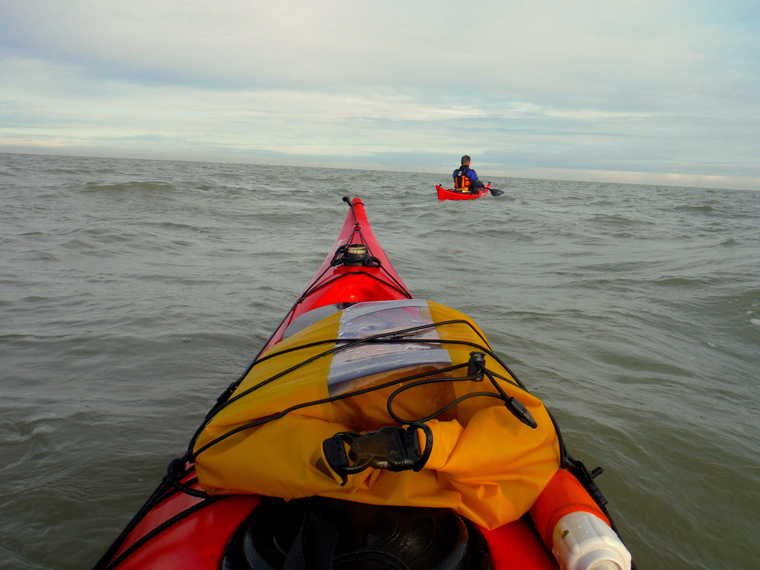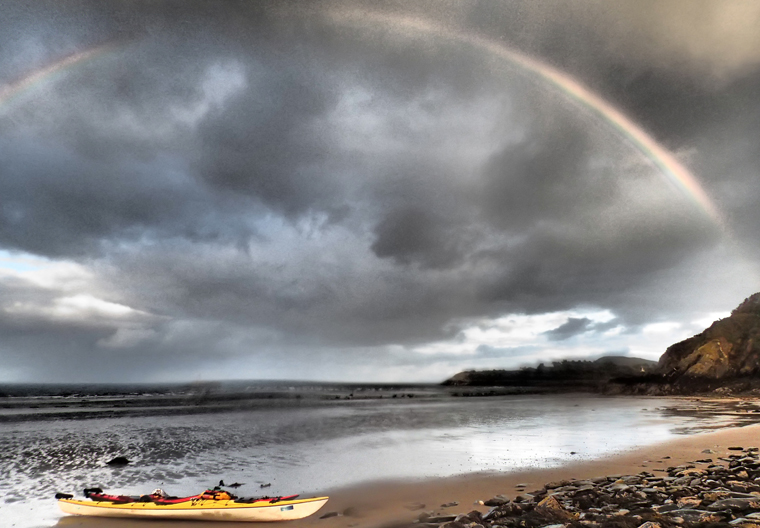How to plan a kayaking adventure
Serial adventurer Richard Harpham shares the skills, knowledge and inspiration you need to plan your ultimate canoe or kayak expedition
Whether you are new to paddling or have been doing it for years, there is an adventure out there for you. Canoeing, kayaking and stand-up paddling have many different disciplines offering competition, endurance, technical skills and plenty of adventure. The paddling environment from rivers, to lakes to coastal corridors and open crossings adds another dimension and infinite possibilities depending on location and tides, flow and conditions.

One of the benefits of paddling is that with a few minutes of practice most people can get moving, but it also takes a lifetime to master and there is plenty to learn. I have been paddling most of my life and I’m still working on the mastering bit!
Know your kit
It is important to know how your kit works, particularly in an emergency. This ranges from being able to get the stove lit, to using towlines and throw lines. Ensure you’re well versed in using safety equipment such as GPS, VHF radios and EPIRB beacons, too.
Safety first
Enjoyment is key, but getting back safely is more important. Do you have the right knowledge to deal with tricky river and sea conditions? This involves understanding hazards including tide races and streams, strainers (obstructions on rivers), siphons and undercuts (holes where water flows under banks and rocks). Rescue skills such as eskimo rolling, towing and curling a canoe are also important. You can learn many of these skills on a foundation safety rescue course.
The further from ‘civilisation’ that you travel, the more you will need detailed first aid and rescue knowledge. On my expeditions I am often four or five days away from a hospital. With this in mind I took a wilderness first aid courses and carried comprehensive medical kits, including antibiotics. Closer to home you might just want a good first-aid kit with extra items including cling film and vet wrap for bandaging wounds and deep cuts you could get from rocks in rivers or coastal areas.
Understanding conditions
Critical skills for paddling adventures involve understanding the environment, from tides and river grades to changes in weather conditions and local hazards. To manage the journey it’s also important that you are able to pinpoint your location and adapt your route.

Try and develop useful data sources for tidal data, weather sites like Windguru (windguru.cz) and of course, reference good maps and charts.
Get training
Training for paddling adventures can be broken down into many different aspects but let’s just talk about four: skills, fitness, endurance and mental toughness.
Skills
It’s all about developing the relevant skills in a controlled environment before needing to call on them. Essentials like being able to roll a kayak in whitewater, pull onto a beach in 1m (3ft) surf or break out into an eddy can be broken down into technical elements of paddling such as forward paddling, turning, support strokes, edge and trim. Knowing you can call on these skills installs confidence when you really need it.
Fitness
Build fitness through sessions of intensity and duration. When I was prepping for a race across the Yukon, I did one to two-hour sessions daily, mixing training between single and double kayaks and using pyramid training to build fitness.
Endurance
Tune your muscles and body to the work required and build muscle memory through time in the boat. If you are planning a 100-mile paddle over five days then build up to a 20-25 mile session so you know you have it in the tank. Start by setting realistic goals. If you are a relative novice you might aim for 8-10 miles a day for a weekend. You can adapt your adventure to fit your current skills, confidence and fitness.
Mental toughness
The majority of challenges and adventures require mental toughness to succeed. A good approach to this is setting goals and targets that require you to stretch yourself. Setting timed challenges with milestones also helps build confidence to operate outside your comfort zone.
